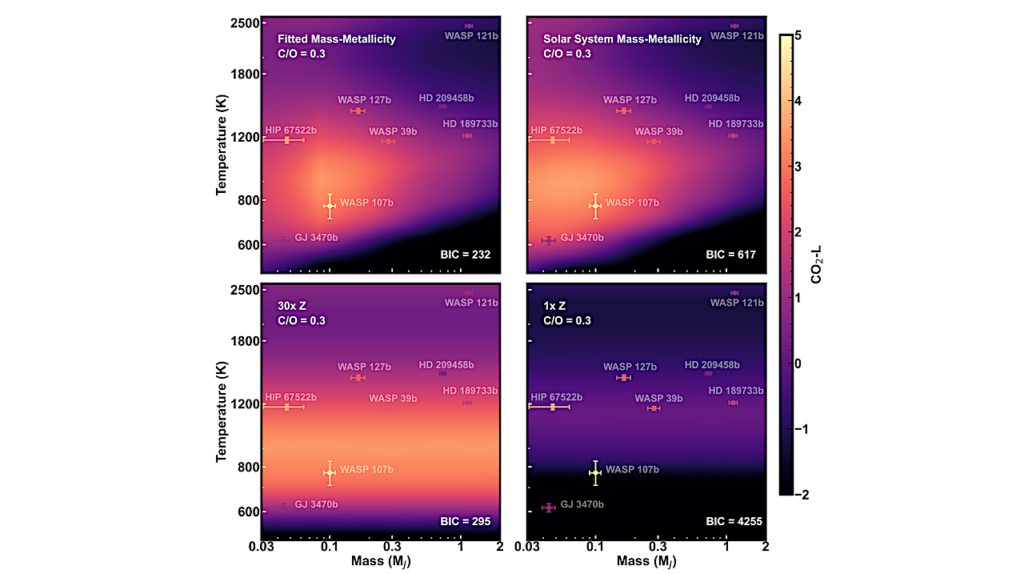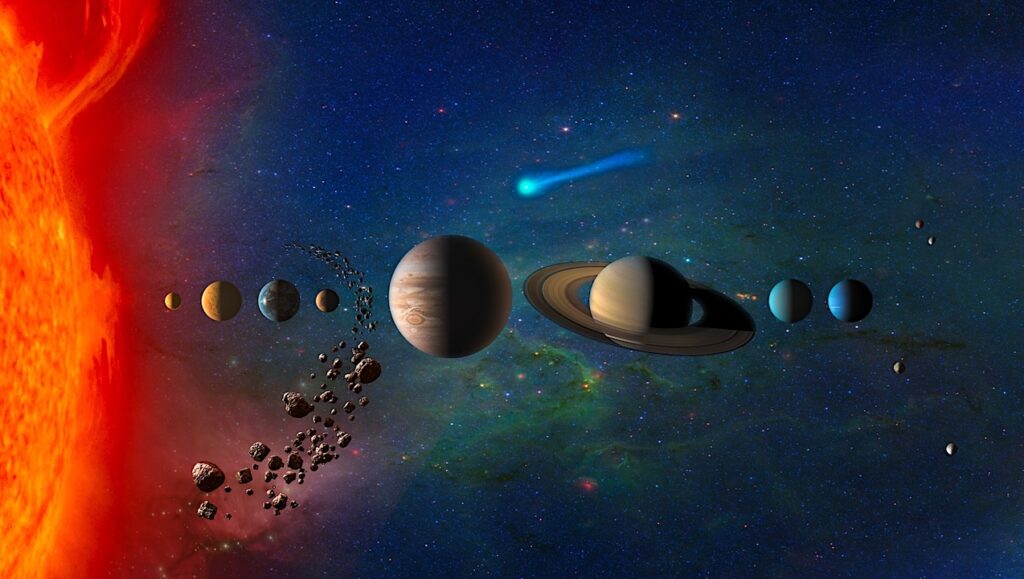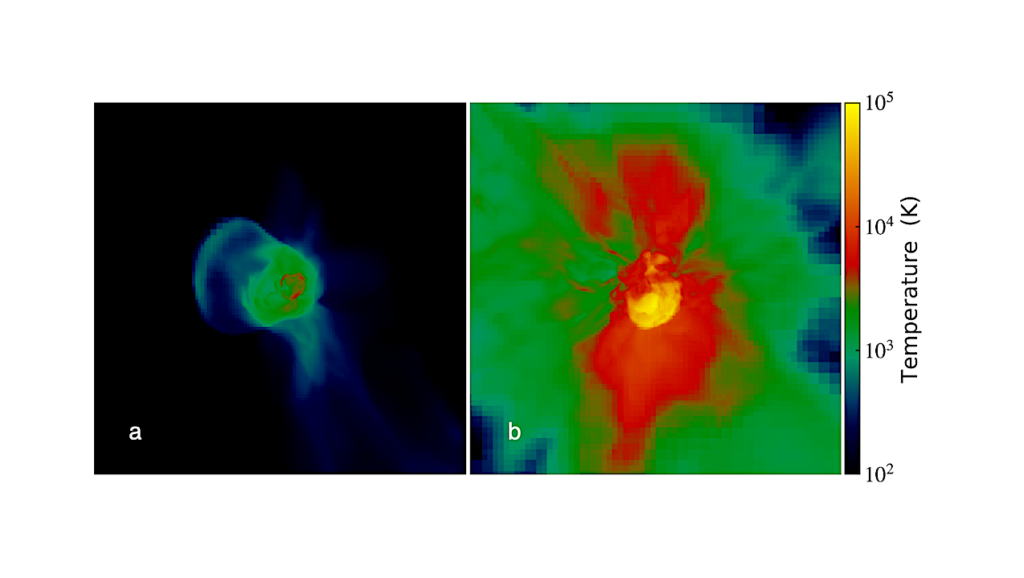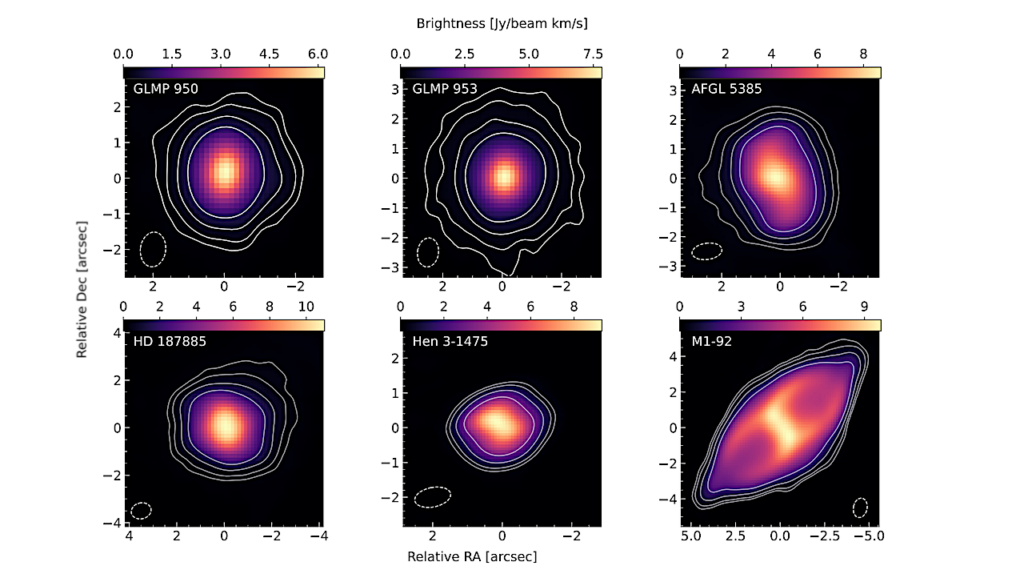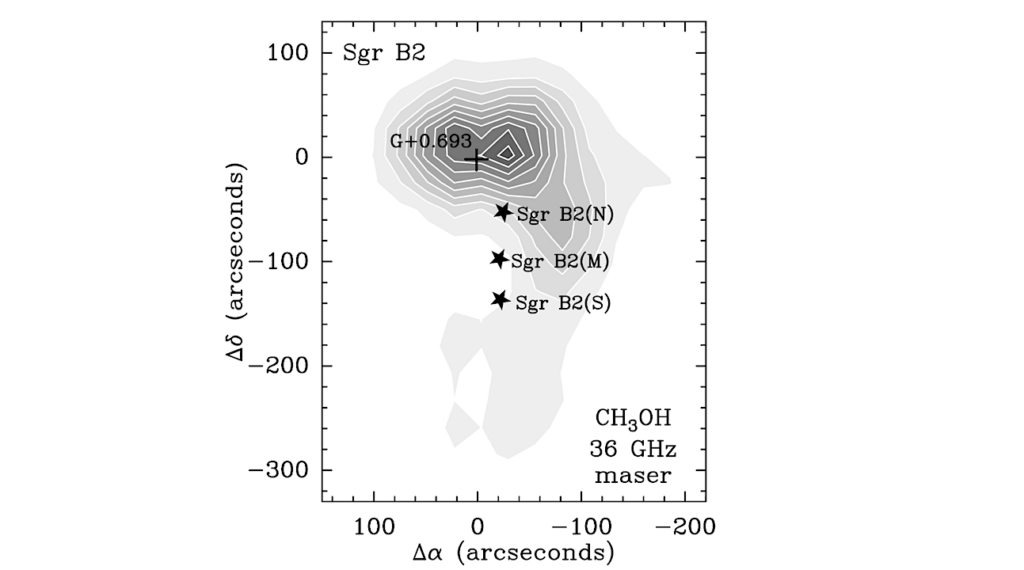Tricorder Tech: I-SMEL Device Smells Seawater To Detect Novel Molecules
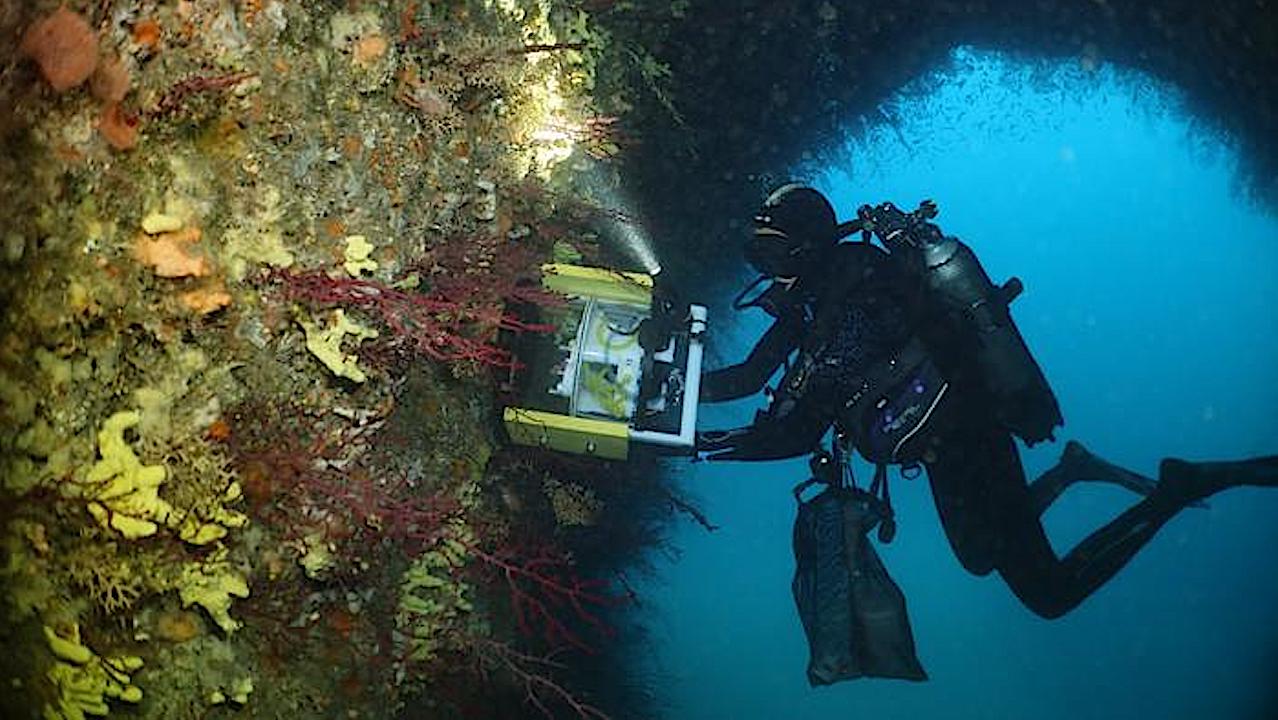
Under the ocean’s surface, marine organisms are constantly releasing invisible molecules. Some of the chemical clues reveal which creatures are nearby, while others could be used someday as medications. Now, researchers in ACS Central Science report a proof-of-concept device that “sniffs” seawater, trapping dissolved compounds for analyses. The team showed that the system could easily concentrate molecules that are present in underwater caves and holds promise for drug discovery in fragile ecosystems, including coral reefs.
A drop of seawater is like a spoonful of dilute soup: It’s a complex broth of dissolved molecules from ocean-dwelling organisms. And to identify what’s in the mixture, scientists need to capture and concentrate these molecules. Yet, many underwater environments are threatened, especially those with unique — and potentially bioactive — compounds. So, Thierry Pérez, Charlotte Simmler and colleagues wanted to develop an underwater instrument that captures and enriches dissolved compounds produced by sponges or other marine organisms without harming their source and their ecosystem.
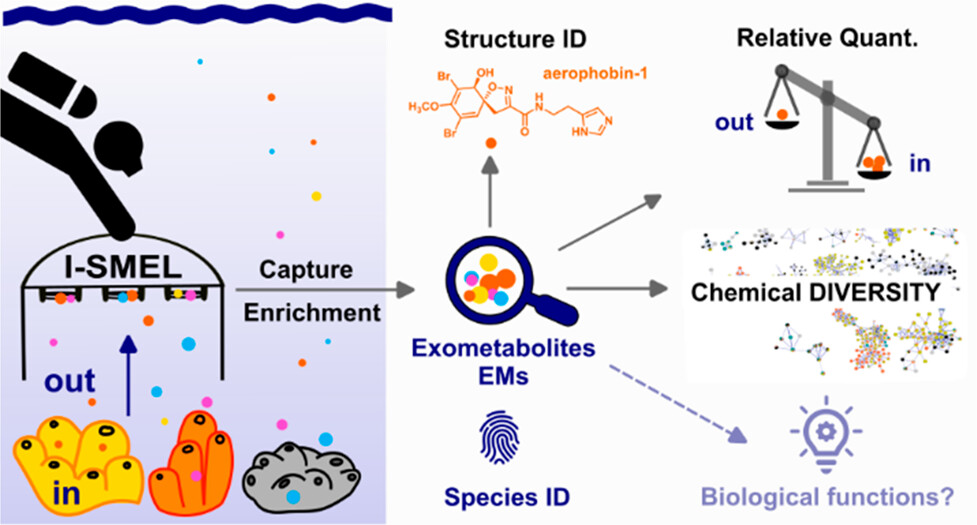
Analyzing the chemical composition of seawater to understand its influence on ecosystem functions is a long-lasting challenge due to the inherent complexity and dynamic nature of marine environments. Describing the intricate chemistry of seawater requires optimal in situ sampling. Here is presented a novel underwater hand-held solid-phase extraction device, I-SMEL (In Situ Marine moleculE Logger), which aims to concentrate diluted molecules from large volumes of seawater in a delimited zone targeting keystone benthic species. — ACS
The researchers created a waterproof device that could be easily handled by an underwater diver and that could pump seawater through disks, which have a similar feel and thickness as make-up remover pads. These disks adsorbed dissolved molecules for subsequent analysis. They tested the instrument, called the In Situ Marine moleculE Logger or “I-SMEL,” in 65-foot-deep Mediterranean Sea caves that contained a variety of massive sponges. After sampling the water, the researchers assessed the captured compounds with mass spectrometry. The compounds had diverse elemental compositions, and many had molecular structures that are unknown, which the team says makes it promising for the discovery of new natural products.
Several metabolites, including brominated alkaloids and furanoterpenoids, captured from seawater were present in three sponge species that the researchers had examined in detail. And in some cases, the system concentrated compounds released by sponges. For example, aeroplysinin-1 was approximately 20 times more abundant in the extracts from seawater than within a yellow cave-sponge extract. The researchers say that “I-SMEL” represents a non-invasive way to capture molecules of interest to provide insights into an ecosystem’s health or detect novel molecules for future drug discovery efforts. The next step, they add, is to adapt the device for autonomous long-term seawater filtration and remote operation in deeper water.
The authors acknowledge funding from the French National Research Agency; Total Foundation; the Institute of Ecology and Environment from the National Center for Scientific Research for their First Support for Exploratory Projects; the Mission for Transversal and Interdisciplinary Initiatives of the National Center for Scientific Research; and the National Association for Technical Research.

Representation of the I-SMEL instrument and its deployment in a Mediterranean marine ecosystem. Schematic view of the main functioning items (a) and views of the disassembled (b) and assembled (c) instrument (1. electronic controller of the pump, 2. peristaltic pump, 3. valves, 4. SPE ports, 5. pump outlet to connect a flexible tank, and 6. battery). See also S1 for more details. I-SMEL operated by a SCUBA diver in a coralligenous community (d) and then above the studied sponges (e, f). In situ pictures of the three targeted sponge species, Aplysina cavernicola (g), Agelas oroides (h), and Spongia officinalis (i). — ACS
In Situ Capture and Real-Time Enrichment of Marine Chemical Diversity, ACS (open access)
Astrobiology, Tricorder,


